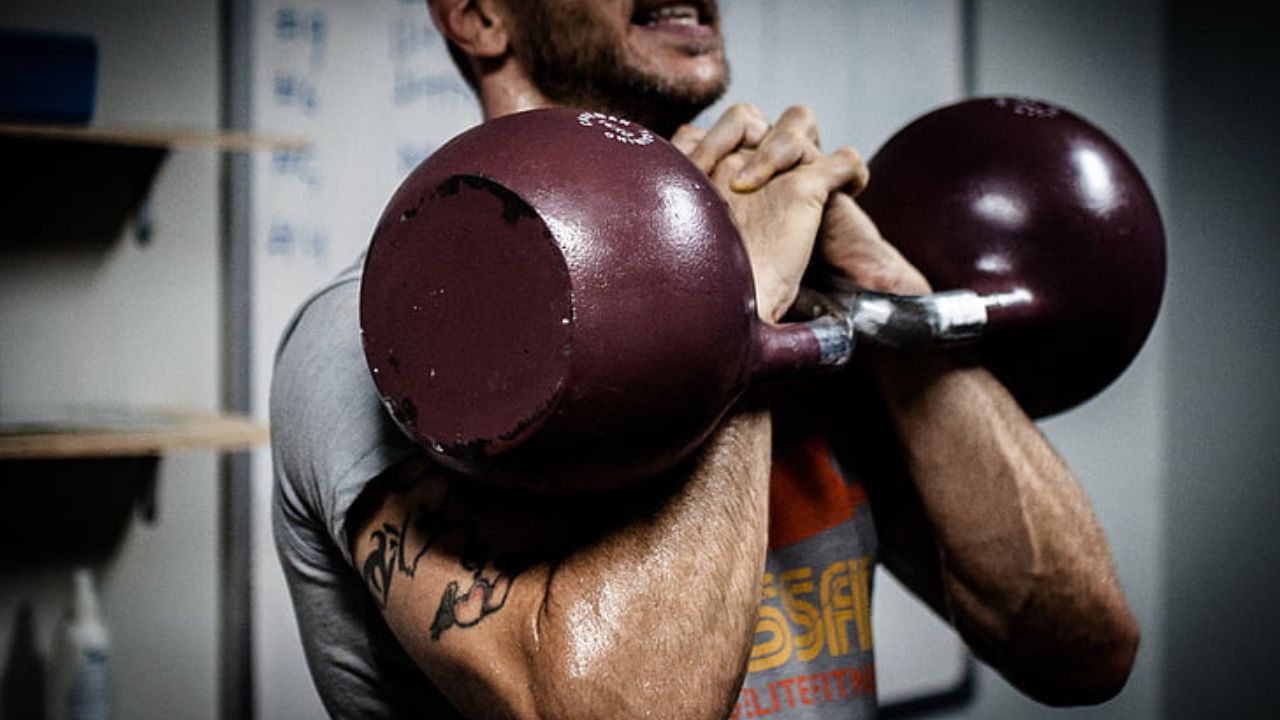
Are you ready to kickstart your fitness journey?
Did you know that incorporating strength training exercises into your routine can boost your metabolism, increase muscle tone, and improve overall strength?
If you're a beginner looking to build a solid foundation, we've got you covered. In this article, we'll share the top 10 essential strength training exercises that will help you achieve your fitness goals.
Get ready to feel empowered, motivated, and free as you take control of your health and well-being.
Let's get started!
Squats
You should start incorporating squats into your workout routine to improve your lower body strength and stability.
Squats are a fantastic exercise that target your glutes, quads, hamstrings, and calves. They not only help you build lean muscle mass, but also increase your overall lower body strength.
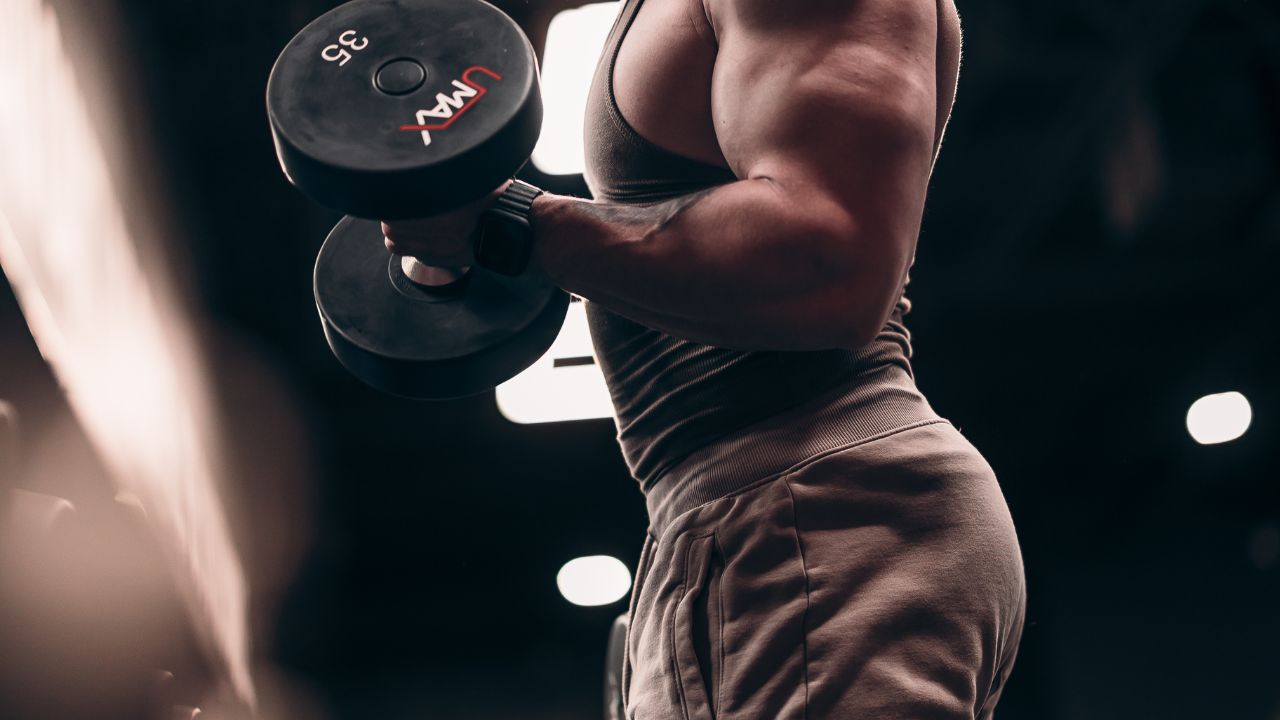
By performing squats regularly, you'll notice improved balance and stability, which will benefit you in everyday activities and sports.
To get the most out of squats, it's crucial to maintain proper form. Start by standing with your feet shoulder-width apart, toes slightly turned out. Lower your body down as if you're sitting back into a chair, keeping your chest up and your knees aligned with your toes. Remember to engage your core and exhale as you push back up to the starting position.
Push-ups
Start with three sets of push-ups and gradually increase the reps as you build strength and endurance.
Push-ups are a fantastic exercise that targets your chest, shoulders, triceps, and core muscles. To improve your push-up form, make sure to keep your body in a straight line from head to toe, engage your core, and lower yourself until your chest touches the ground.
As you progress, you can try different push-up variations like incline push-ups, decline push-ups, or diamond push-ups to challenge your muscles in new ways.
Remember, the key to mastering push-ups is consistency and proper form. So, don't be afraid to start with modified versions and work your way up.
With time and dedication, you'll be amazed at how strong and capable your body becomes. Keep pushing!
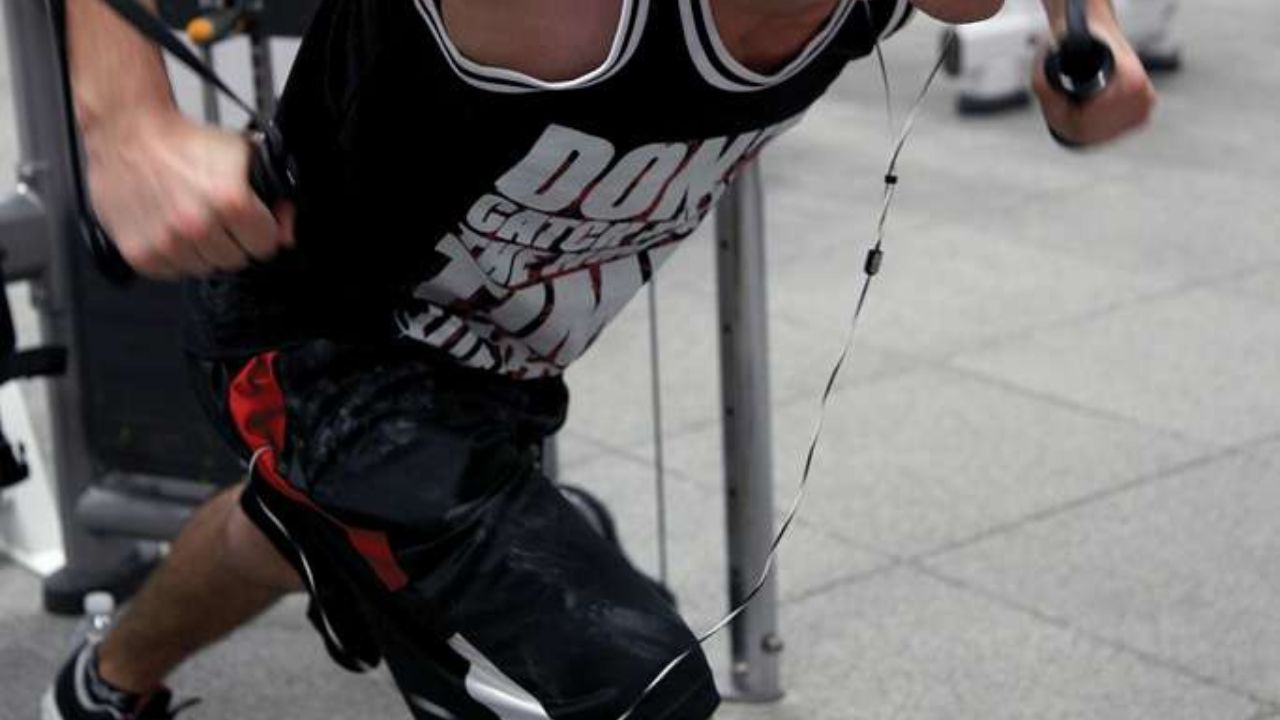
Lunges
Now, let's talk about lunges, which are an essential strength training exercise for beginners.
Lunges come in various variations, making them a versatile exercise that targets multiple muscle groups, including the glutes, quads, and hamstrings.
Incorporating lunges into your workout routine can help improve your lower body strength, balance, and stability, making it an excellent exercise for beginners looking to kickstart their fitness journey.
Variations of Lunges
Try incorporating the different variations of lunges into your strength training routine for maximum results.
Lunges are a fantastic exercise that targets multiple muscle groups, including the glutes, quadriceps, and hamstrings. There are several variations of lunges that you can try to keep your workouts interesting and challenging.
One variation is the forward lunge, where you take a step forward with one leg and lower your body until both knees are bent at a 90-degree angle.
Another variation is the reverse lunge, where you step backward with one leg and lower your body down.
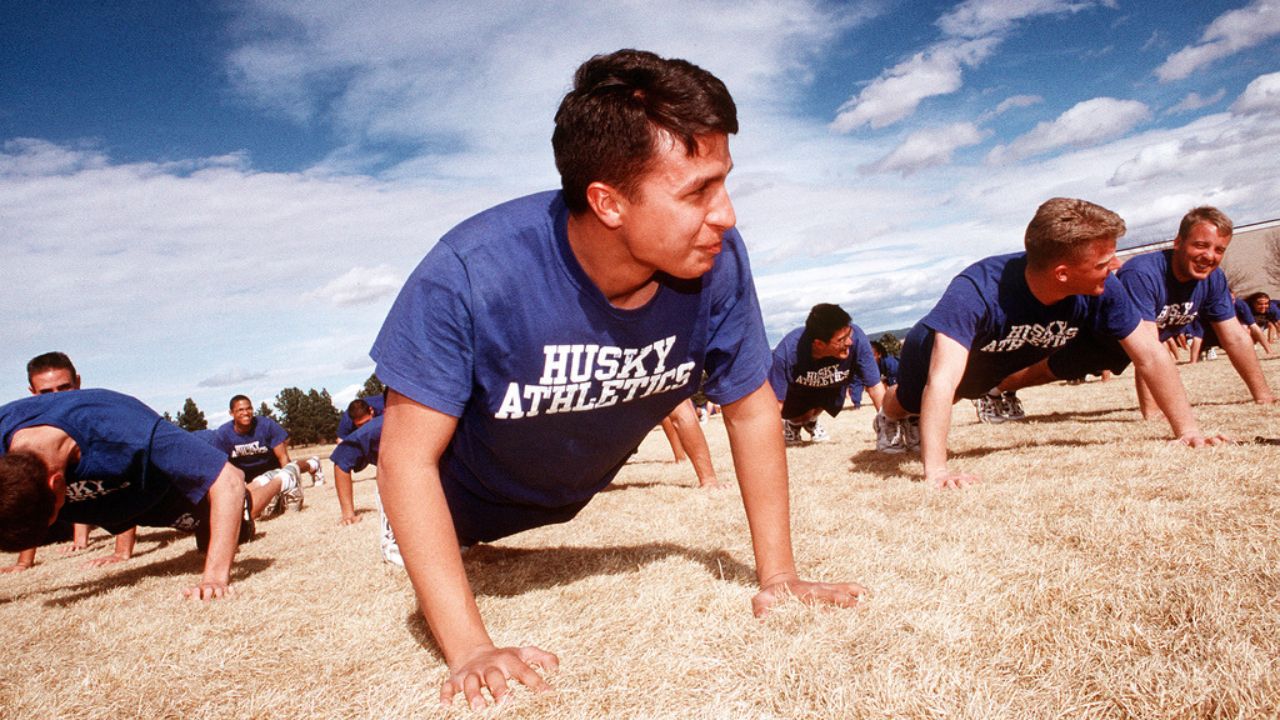
You can also try side lunges, walking lunges, or jump lunges to add variety to your routine.
To incorporate lunges into your workout routine, start by doing 2-3 sets of 10-12 repetitions on each leg. As you get stronger, you can increase the number of sets or repetitions.
Don't forget to warm up before starting your workout and cool down afterwards to prevent injuries and promote recovery.
Benefits of Lunges
Get ready to experience the incredible benefits of lunges as you incorporate them into your fitness routine.
Lunges are a versatile exercise that targets multiple muscle groups, making it an excellent choice for anyone looking to improve their strength and overall fitness.
One of the key benefits of lunges is that they help to develop strong and toned legs, including the quadriceps, hamstrings, and glutes.
Additionally, lunges also engage the core muscles, improving stability and balance.
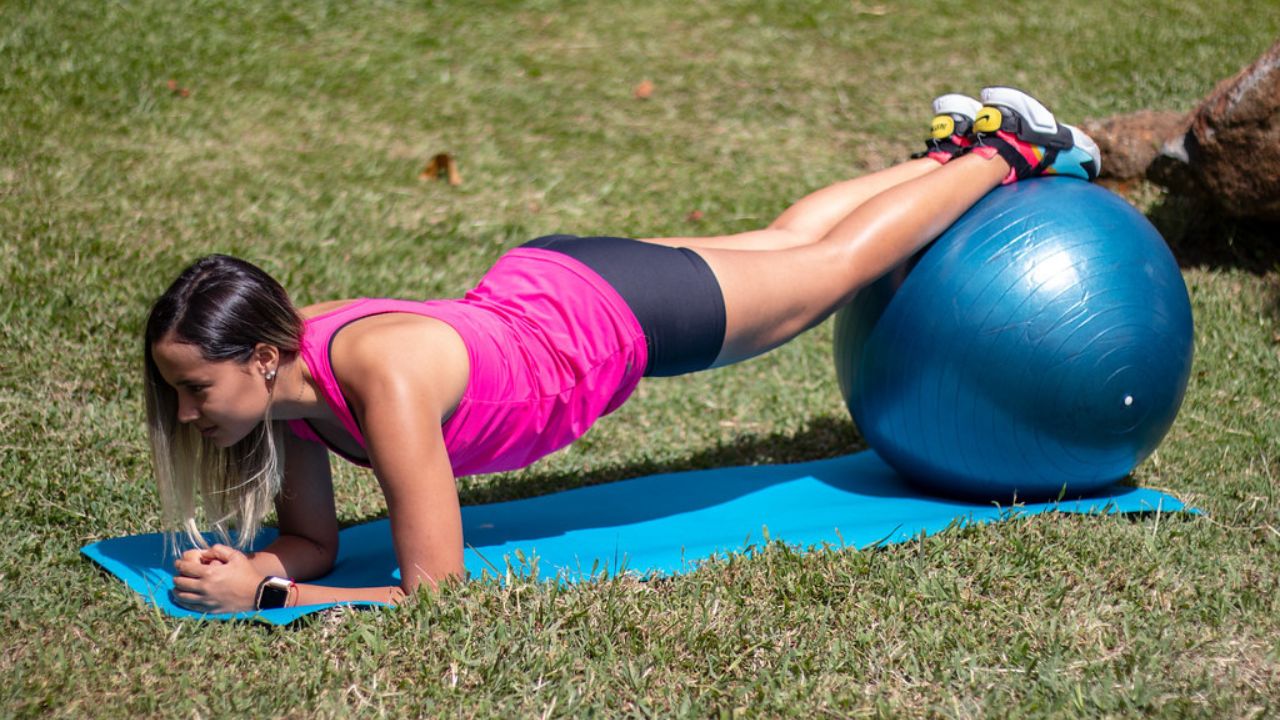
By incorporating different lunge variations, such as walking lunges, reverse lunges, or side lunges, you can challenge your muscles in different ways and prevent boredom in your workout routine.
Lunges are a functional exercise that mimics everyday movements, making them beneficial for improving overall mobility and flexibility.
Deadlifts
Start by performing deadlifts twice a week to build strength and improve your overall fitness.
Deadlifts are one of the most effective exercises for targeting multiple muscle groups, including your hamstrings, glutes, and lower back. They also engage your core and improve your grip strength.
Deadlifts come in various variations, such as the conventional deadlift, sumo deadlift, and Romanian deadlift. Each variation targets different muscle groups and offers unique benefits.
The benefits of deadlifts extend beyond just building strength. They help improve your posture, enhance your athletic performance, and increase your overall power and explosiveness. Deadlifts also have a strong carryover to real-life activities, making you stronger and more resilient in everyday tasks.
Dumbbell Rows
Get ready to strengthen your back and arms with dumbbell rows, a versatile exercise that targets multiple muscle groups.
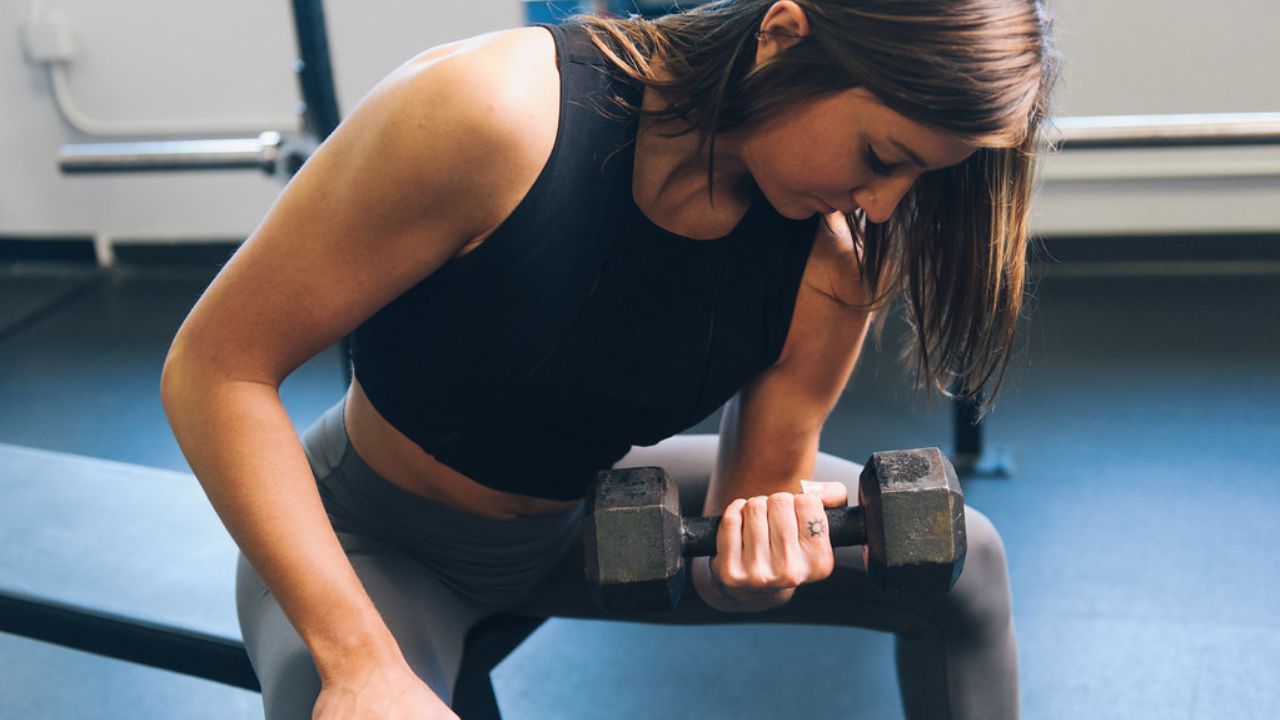
Dumbbell rows can be performed in various ways, allowing you to switch up your routine and challenge your muscles in different ways.
Variations of Dumbbell Rows
Try out different variations of dumbbell rows to target specific muscle groups and challenge yourself during your workouts.
One variation you can try is the single-arm dumbbell row. This exercise allows you to focus on each side of your back individually, helping to correct any muscle imbalances.
To perform this exercise, stand next to a bench with one knee and one hand resting on it. Hold a dumbbell in your opposite hand, with your arm fully extended towards the floor. Pull the dumbbell up towards your waist, squeezing your shoulder blades together at the top of the movement.
Another variation is the bent-over dumbbell row. This exercise primarily targets your upper back muscles and also engages your biceps and shoulders.
To perform this exercise, hinge forward at your hips while holding a dumbbell in each hand. Keep your back straight and pull the dumbbells up towards your waist, leading with your elbows.
Make sure to maintain proper form for dumbbell rows to maximize the effectiveness of the exercise and prevent injury.
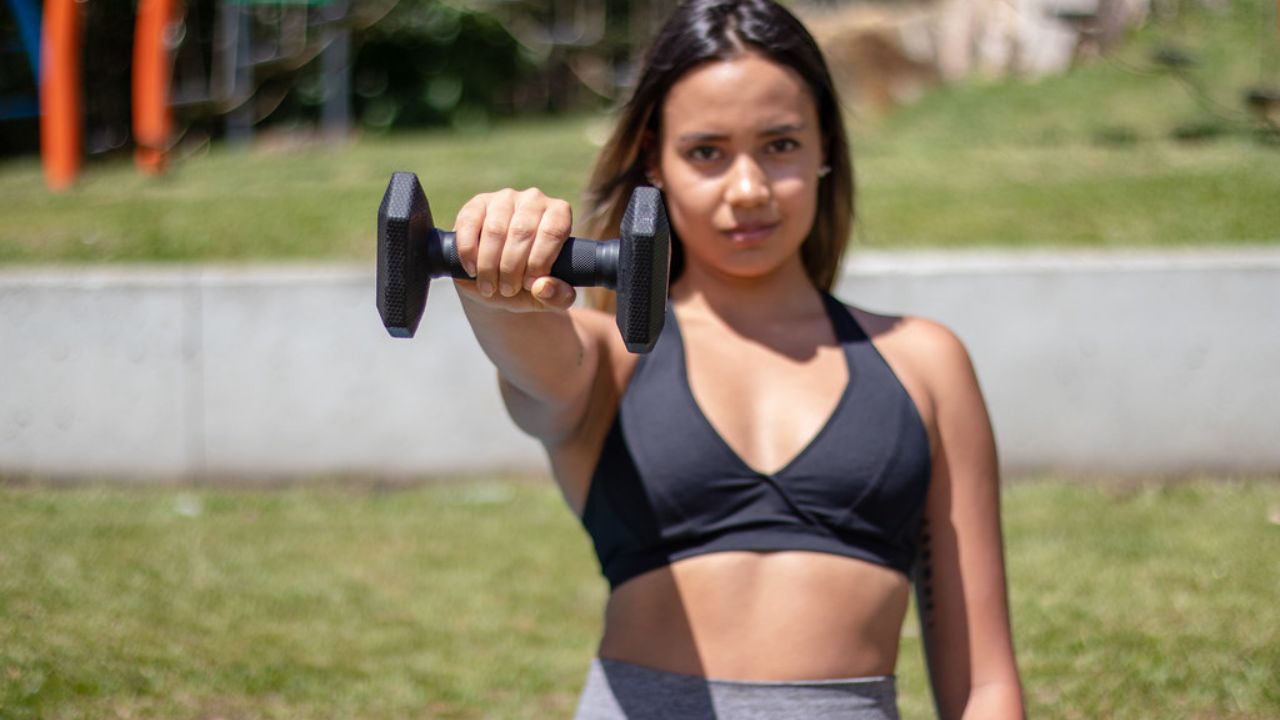
Benefits of Dumbbell Rows
You should consistently incorporate dumbbell rows into your strength training routine to reap the benefits of this effective exercise. Dumbbell rows are a versatile and accessible exercise that offer numerous advantages for your overall fitness. Here are some of the key benefits of including dumbbell rows in your workout:
Increased upper body strength: Dumbbell rows target multiple muscles in your upper body, including your back, shoulders, and arms. By regularly performing this exercise, you can build strength and definition in these areas.
Improved posture: Dumbbell rows help strengthen the muscles responsible for maintaining proper posture, such as the rhomboids and trapezius. By strengthening these muscles, you can improve your posture and reduce the risk of developing back pain.
Enhanced core stability: Performing dumbbell rows requires you to engage your core muscles to stabilize your body. This helps improve your overall core strength and stability.
Balanced muscle development: Dumbbell rows are a unilateral exercise, meaning they work one side of your body at a time. This helps identify and correct any muscle imbalances between your left and right sides.
To perform dumbbell rows correctly, start by placing one knee and hand on a bench, with the opposite foot planted firmly on the ground. Holding a dumbbell in your other hand, pull it up towards your side, keeping your elbow close to your body. Lower the weight back down and repeat on the other side.
Incorporating dumbbell rows into your strength training routine can provide a wide range of benefits, helping you achieve a stronger, more balanced physique.
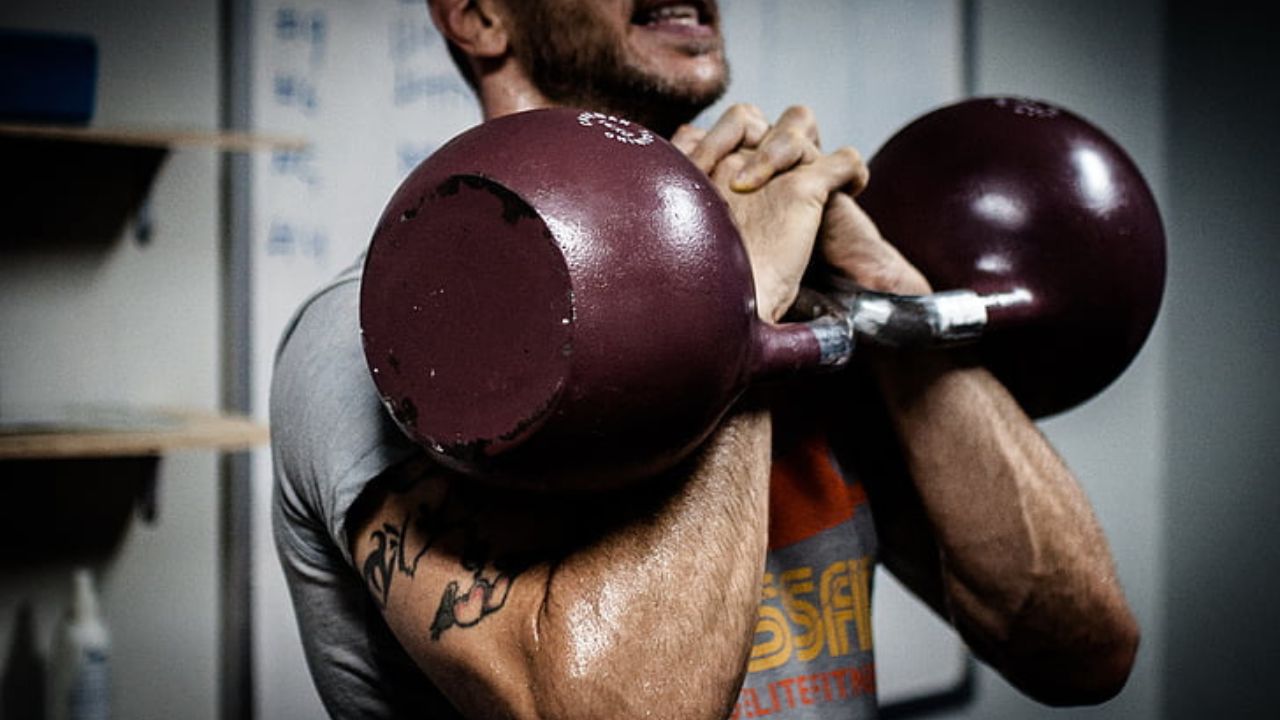
Shoulder Press
When starting your fitness journey, it's important to incorporate the shoulder press exercise into your routine. The shoulder press is a fundamental movement that targets the deltoid muscles in your shoulders, helping to build strength and stability.
There are several variations of the shoulder press that you can try to keep your workouts interesting and challenging. You can perform the exercise using dumbbells, barbells, or even kettlebells. Each variation will engage your muscles in slightly different ways, allowing for a well-rounded shoulder workout.
However, it's crucial to be mindful of common mistakes when performing the shoulder press. One common mistake is using too much weight, leading to improper form and potential injury. It's important to start with a weight that you can comfortably lift and gradually increase the load as your strength improves.
Plank
Now let's talk about the plank, a foundational exercise that targets your core muscles.
To perform a plank, start by getting into a push-up position, resting on your forearms instead of your hands. Engage your core and hold this position for as long as you can, aiming for proper form and alignment.
Planking not only strengthens your abs, but also improves your posture, stability, and overall body strength.
Are you wondering how to achieve proper plank form for an effective workout? The plank is a powerful exercise that engages your core, strengthens your whole body, and improves your posture. To ensure you're doing the plank correctly, follow these tips:
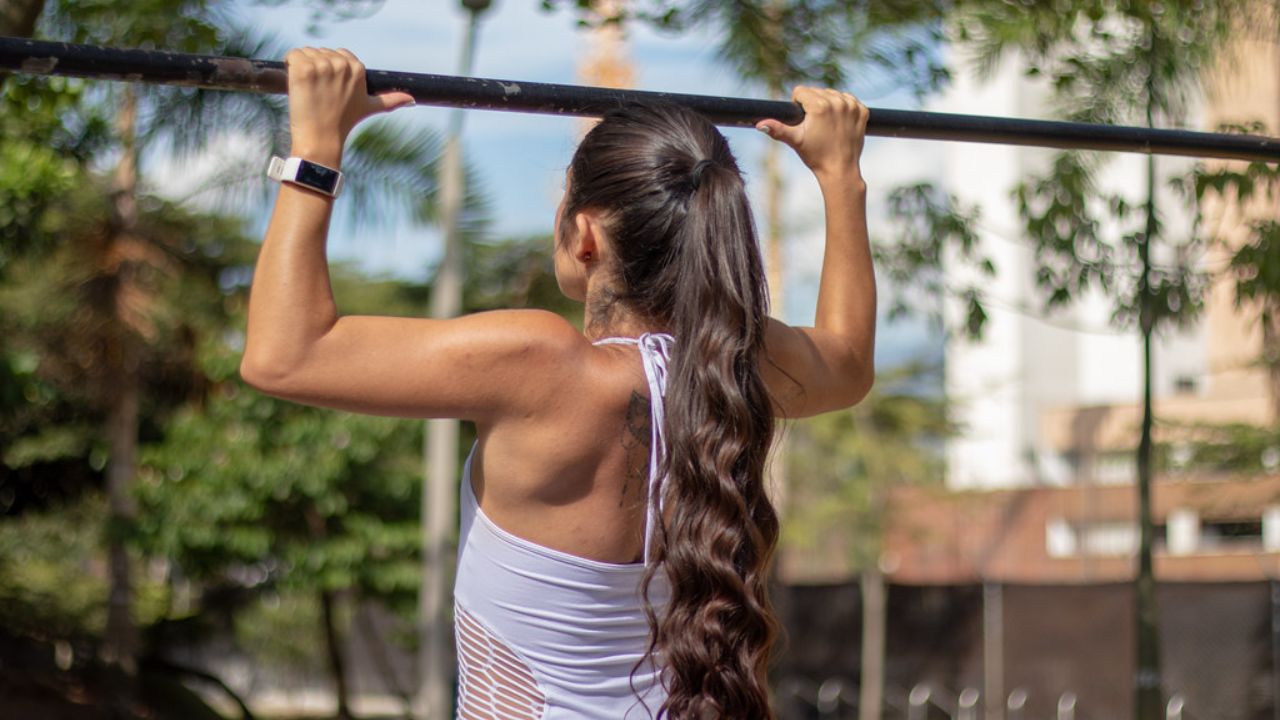
Align your body: Keep your wrists directly under your shoulders and your body in a straight line from head to toe.
Engage your core: Squeeze your abs and glutes to maintain a strong and stable position.
Don't sag or lift: Avoid dropping your hips or lifting your butt too high. Keep your body level throughout the exercise.
Breathe deeply: Remember to breathe steadily and rhythmically to maintain proper form and maximize the benefits of the plank.
By mastering the proper plank technique and avoiding common mistakes like sagging or lifting, you'll experience the full benefits of this exercise and make significant progress on your fitness journey.
Stay dedicated and enjoy the freedom that comes with a strong and healthy body.
Benefits of Planking
To maximize your workout routine, it's essential to understand the benefits of planking.
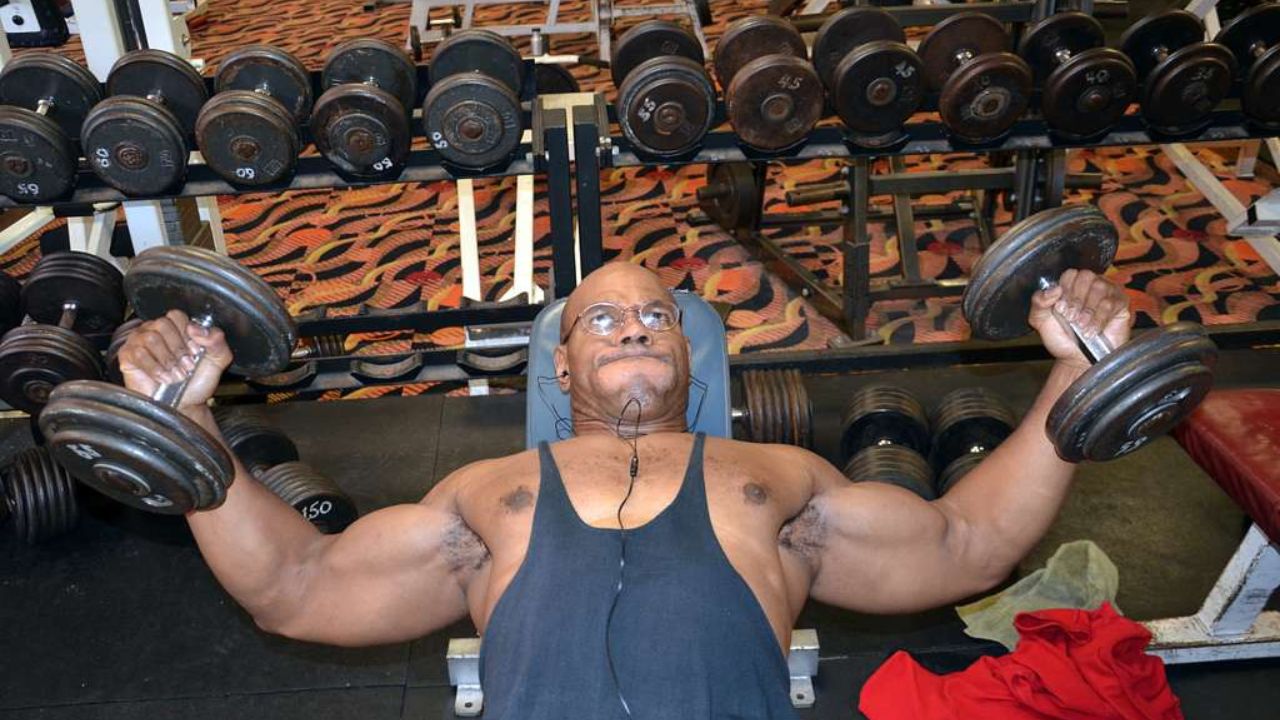
Planking isn't just a simple exercise, but a powerful tool for building core strength and improving overall fitness.
One of the key benefits of planking is its ability to target the muscles in your core, including your abs, back, and hips.
By engaging these muscles, you can improve your posture and stability, which is crucial for everyday activities and sports.
Planking also helps to strengthen the muscles that support your spine, reducing the risk of back pain and injury.
Additionally, planking can increase your flexibility and balance, enhancing your performance in other exercises and activities.
Incorporating planking into your fitness routine won't only give you a strong and stable core but will also boost your overall fitness and help you achieve your fitness goals.
Bicep Curls
Start by holding dumbbells in each hand, with your arms fully extended at your sides. Bicep curls are a classic exercise that target the muscles in your upper arms. Here are some bicep curl variations and benefits to help you on your fitness journey:
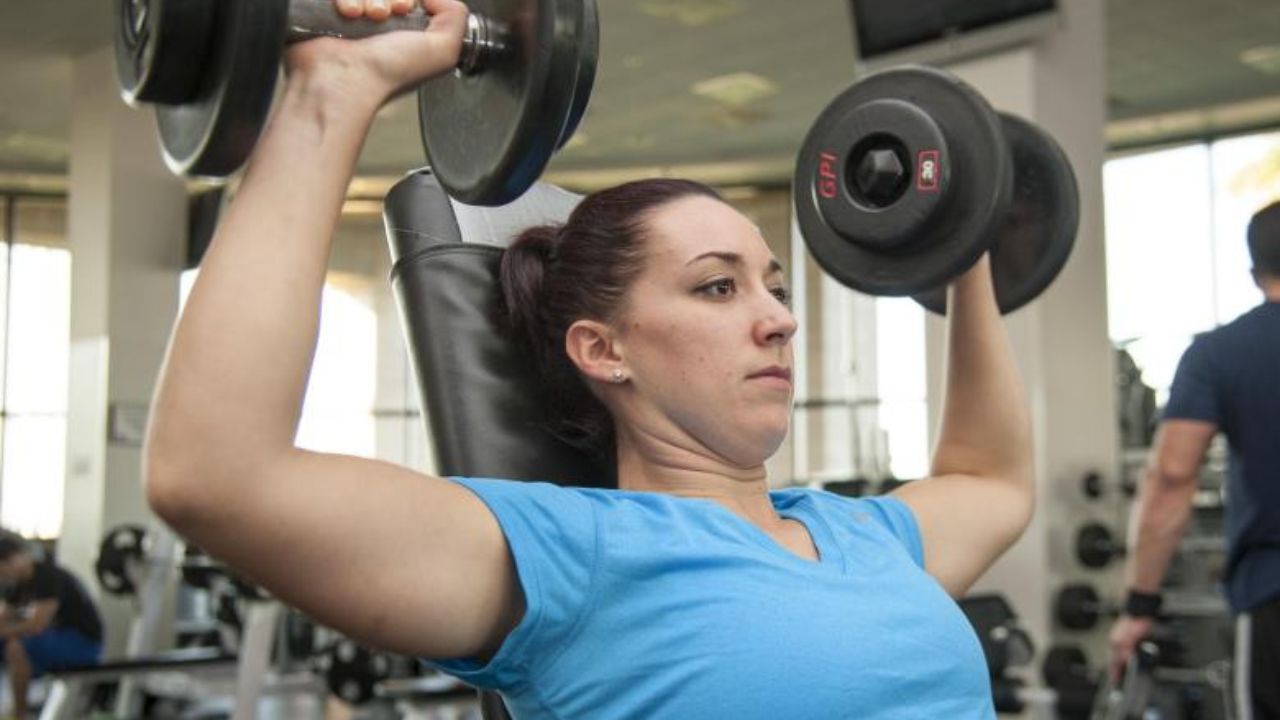
Hammer curls: Hold the dumbbells with your palms facing each other to engage both the biceps and forearms.
Concentration curls: Sit on a bench, rest your elbow on your thigh, and curl the dumbbell up towards your shoulder for a focused bicep workout.
Preacher curls: Use a preacher curl bench to isolate the biceps and prevent cheating.
Standing curls: Stand with your feet shoulder-width apart and curl the dumbbells up towards your shoulders.
Bicep curls help to increase arm strength, improve muscle definition, and enhance overall upper body strength. By incorporating these variations into your routine, you can keep your workouts fresh and continue challenging your muscles. Remember, freedom comes with discipline, so stay consistent and enjoy the journey to a stronger you!
Tricep Dips
Try incorporating tricep dips into your workout routine to target and strengthen the muscles in the back of your upper arms. Tricep dips are a fantastic exercise that require minimal equipment and can be done anywhere, making them perfect for those seeking freedom in their fitness journey.
To perform tricep dips, start by sitting on the edge of a sturdy chair or bench with your hands gripping the edge, fingers pointing forward. Walk your feet forward and lower your body by bending your elbows, keeping them close to your sides, until your upper arms are parallel to the floor. Push through your palms to straighten your arms and return to the starting position.
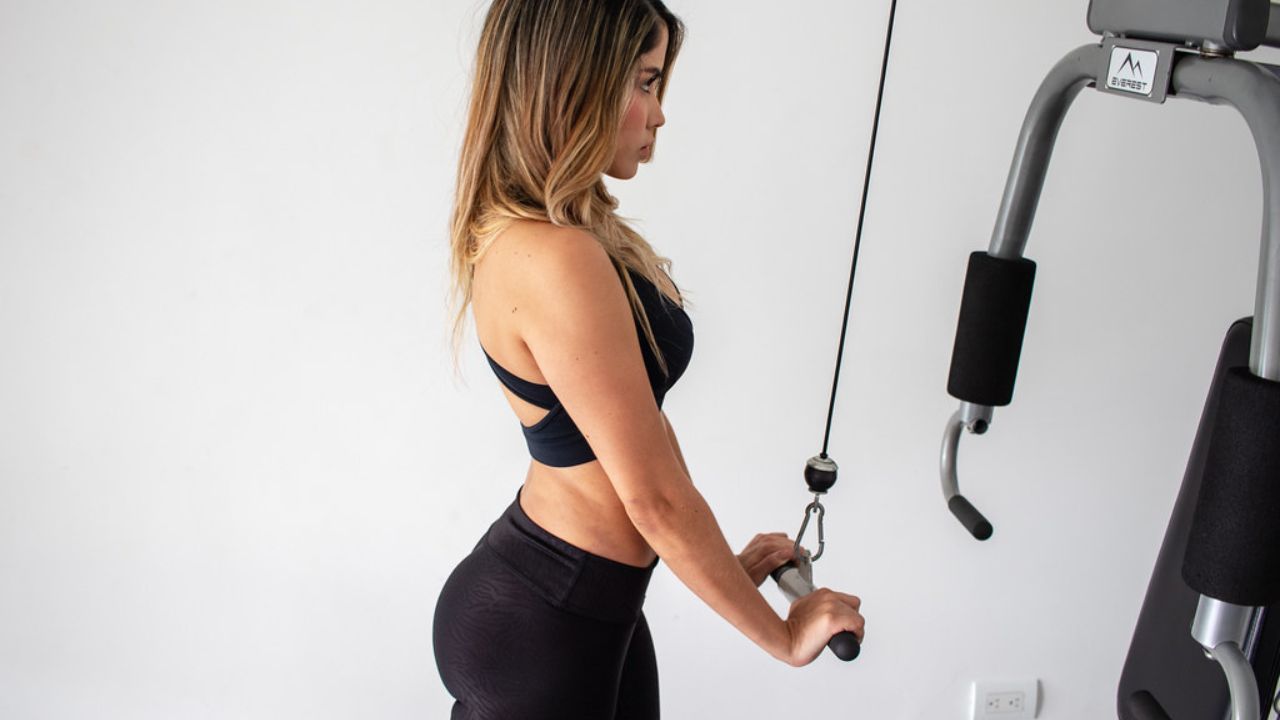
Tricep dips not only help to tone and strengthen your triceps, but they also engage other muscles in your upper body, such as your shoulders and chest. Incorporating tricep dips into your routine will improve your overall upper body strength and help you achieve a more sculpted, defined look.
Glute Bridges
You can easily incorporate glute bridges into your workout routine to target and strengthen your glute muscles. Glute bridges are a fantastic exercise for glute activation and can be done with or without additional weight. Here are four variations of glute bridges that you can try to add some variety to your routine:
Basic Glute Bridge: Lie on your back with your feet flat on the ground, hip-width apart. Lift your hips off the ground by squeezing your glutes and pushing through your heels.
Single Leg Glute Bridge: Similar to the basic glute bridge, but with one leg lifted off the ground. This variation adds an extra challenge to your glutes.
Banded Glute Bridge: Place a resistance band just above your knees and perform the glute bridge. The band adds extra resistance and increases the activation of your glute muscles.
Barbell Hip Thrust: Using a barbell, position it across your hips while performing the glute bridge. This variation allows you to add more weight and increase the intensity of the exercise.
Incorporating these glute bridge variations into your routine will help strengthen your glutes and improve your overall lower body strength.
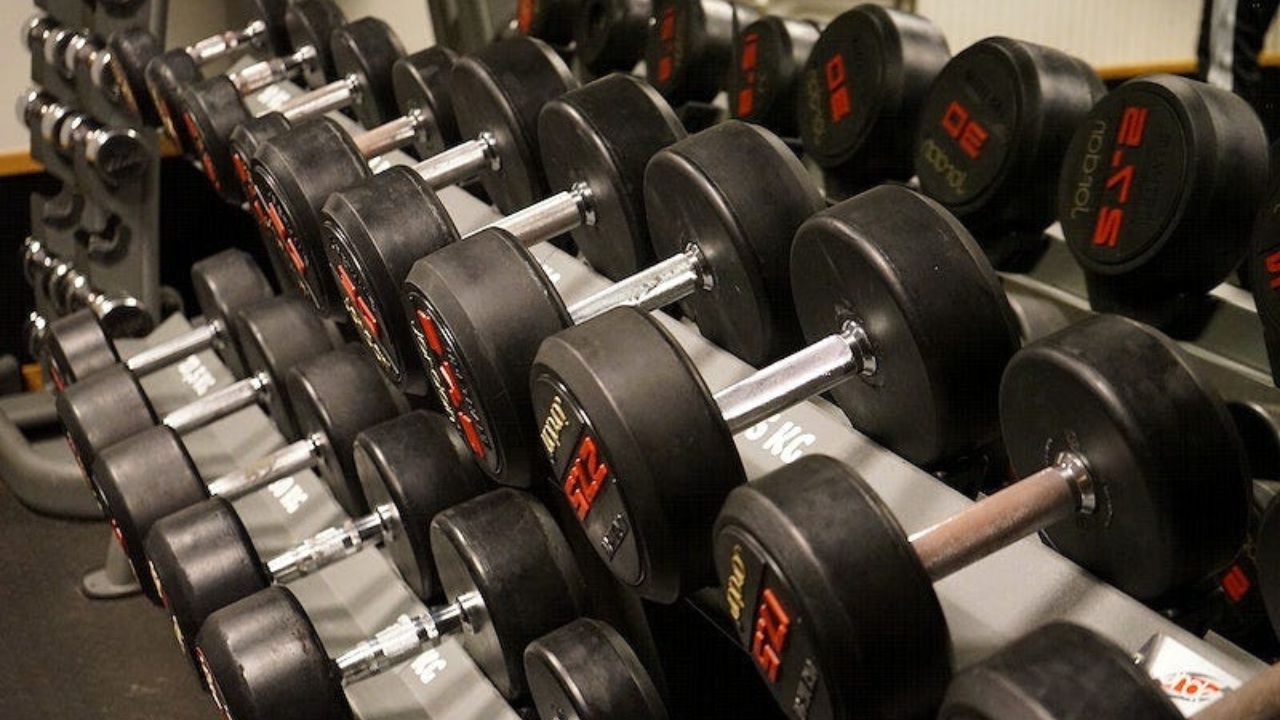
Frequently Asked Questions
How Many Sets and Reps Should I Do for Each Exercise?
To track progress during strength training, determine the number of sets and reps for each exercise based on your fitness level and goals. Incorporating resistance bands into your routine can provide added benefits and help you achieve optimal results.
What Is the Recommended Rest Time Between Each Set?
To optimize your results, it's important to give your muscles adequate rest between sets. The recommended rest time for beginners is typically around 60-90 seconds. However, feel free to modify it according to your needs and goals. Keep pushing yourself!
Are These Exercises Suitable for People With Injuries or Joint Issues?
If you have injuries or joint issues, it's important to modify strength training exercises. Consult a fitness professional or physical therapist for personalized recommendations. Don't let limitations hold you back from your fitness journey.
Can I Substitute Any of These Exercises With Alternatives?
You can definitely substitute some of the exercises with alternatives if you have injuries or joint issues. There are modifications available that can still help you get stronger and stay motivated on your fitness journey.
To achieve optimal results, perform these exercises 2-3 times a week. Modify them by adjusting weights or reps based on your fitness level. Incorporate cardio workouts with strength training for a well-rounded fitness routine. You've got the freedom to customize and kickstart your fitness journey!
 Mobility trainingHome Fitness RecoverySports Injury PreventionPersonal Physical TherapyOrthopedic SolutionsPrivacy PolicyTerms And Conditions
Mobility trainingHome Fitness RecoverySports Injury PreventionPersonal Physical TherapyOrthopedic SolutionsPrivacy PolicyTerms And Conditions
